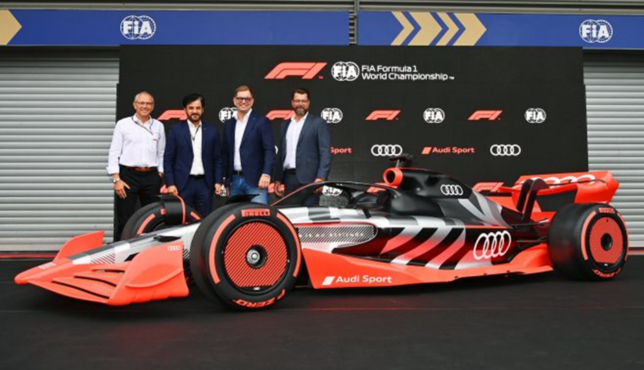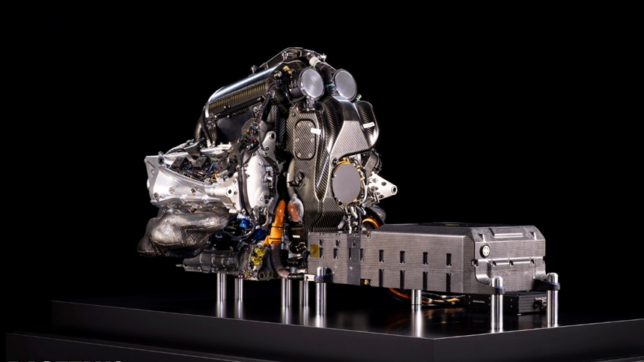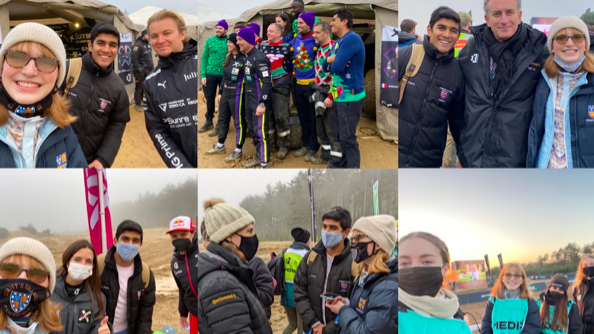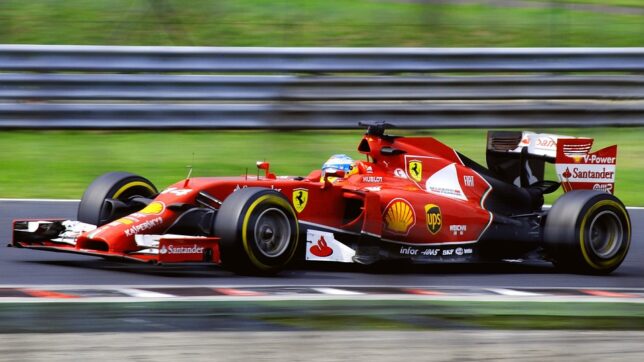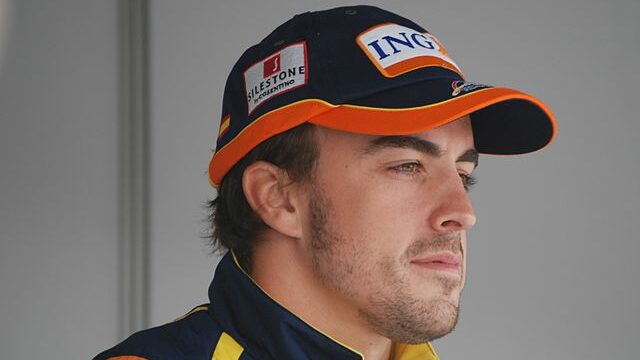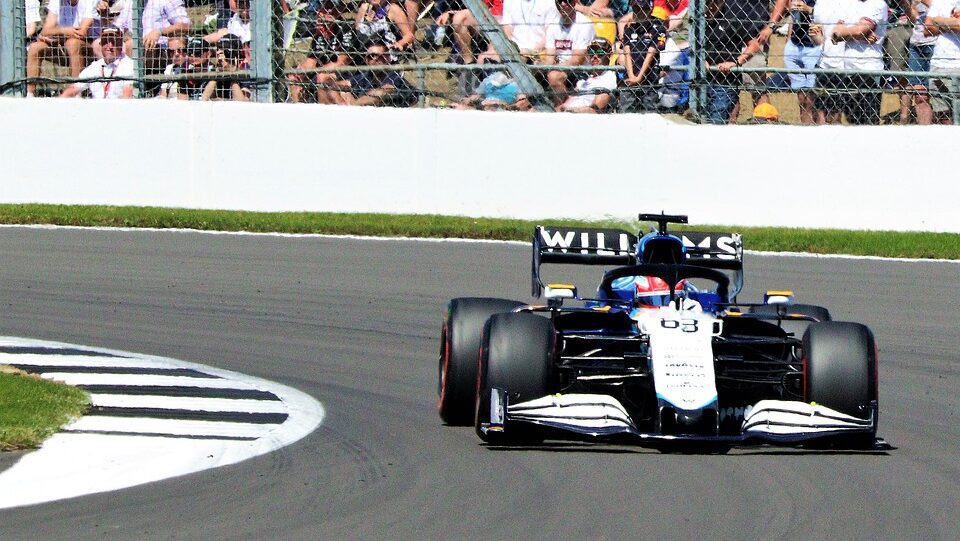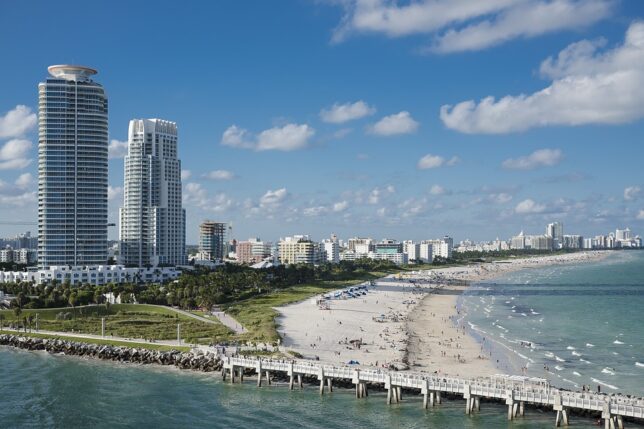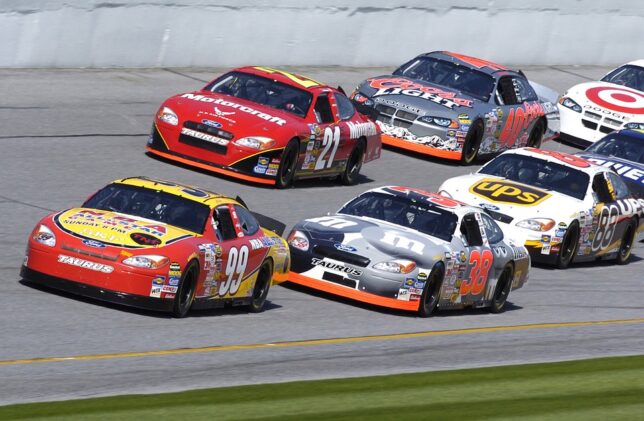
Formula 1 has come a long way since its inception in 1950, but the ultimate goal of the sport has stayed the same: going from A to B as fast as possible. But the way in which we consume content from the sport has completely changed; the very first Grand Prix, held at Silverstone, wasn’t even televised, so certainly wasn’t featured in any Instagram posts or Netflix documentaries.
Just like everything else in the 21st century, Formula 1 is dominated by intense media coverage, whether it be through commentary, interviews, social media, or blogs run by student societies. This coverage has not only influenced how we watch the sport, but also influenced its overall success.
Liberty Media
While the sport has always been a spectacle, the focus within management over recent years, more than ever, has been on creating an entertaining product, with the aim of drawing in viewers. Since the takeover in management by Liberty Media in 2016, we’ve seen multiple changes in race and car regulations, all with the aim of bringing the field closer together in order to create more exciting races with more passes, more penalties, and more crashes. If you found yourself on Twitter following the 2021 Abu Dhabi Grand Prix, then you’ll know that any situation that creates controversy or drama is guaranteed to get more people talking about Formula 1 online, and increase the hype surrounding the sport.
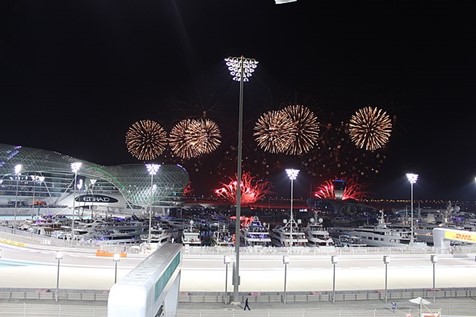
Drive to Survive
The primary way that drama has been capitalised on recently, is, of course, Drive to Survive. In case you’ve been living under a rock, DTS is the Netflix-run documentary-style series which covers all the major event in each season of Formula 1, starting with 2018. The main reason the show has been such a success is that it provides a real insight into the behind-the-scenes workings of the sport, giving you a flavour of the politics of the paddock, and how much work and strategy goes into each and every race. A key component of this is getting to know all of the major players within the world of Formula 1, including both the drivers and the team principals. Making the sport more personable this way gives the viewers a stronger emotional investment in it and its high stakes, helping retain viewers and make it more successful overall.
A new audience
Arguably the most significant impact that DTS has had is how it’s brought Formula 1 to a wider audience. Traditionally the sport has attracted a slightly older viewership, with the technical jargon littered throughout commentaries making it feel confusing and incomprehensible to new, younger viewers. Through the production of DTS, Liberty Media has not only made Formula 1 more appealing through adding a personable quality, but also provided a platform through which new fans can learn about the sport (from Will Buxton, of course), as well as increased their exposure to the sport in the first place.
Moreover, the traditional Eurocentricity of Formula 1 has been turned on its head, with viewership in the US skyrocketing since DTS’ inception. Brandon Snow, the managing director of commercial at Formula 1, said the following at the DTS premiere last month: “The U.S. market has become our No. 1 market for social engagement across all of our platforms, (and for) all of our teams and all of our drivers,” describing the US as an engine for success “across the business”. The result of this success has been the introduction of new US circuits being added to the calendar, the most significant of which is the Las Vegas street circuit, which will make its debut this season on 18th November. It will be joining the two pre-existing US circuits in Austin and Miami, the latter of which was introduced to the calendar in 2022, after the rapid increase in popularity of the sport in the US, thanks to the success of DTS.

The circuit for the Las Vegas Grand Prix will see the drivers racing right down the infamous Las Vegas Strip (Image Credits: Wikimedia Commons via creative commons license)
New partnerships
With the recent revival of the sport being such a success, in no small part due to the modernisation of media coverage, different companies will be wanting to get involved in the Formula 1 arena in any way they can. One example of this is the announcement of a new partnership between Red Bull Racing and Ford, starting in 2026. Ford was a key manufacturer of Formula 1 engines for approximately 40 years, starting in 1963, and during this time they secured 176 victories, 13 drivers’ titles and 10 constructors’ world championships, which makes it one of the most successful engine manufacturers in the history of the sport. Their return marks another step in the journey of Formula 1 to the success and glory of old, and to a new, thrilling age of modern racing.
In 2023, embracing the influence that modern media has on the way we consume entertainment is vital for the success of any sport. Few have managed to run with the opportunities that this provides quite as well as Formula 1 has, and its future has never looked so bright.
